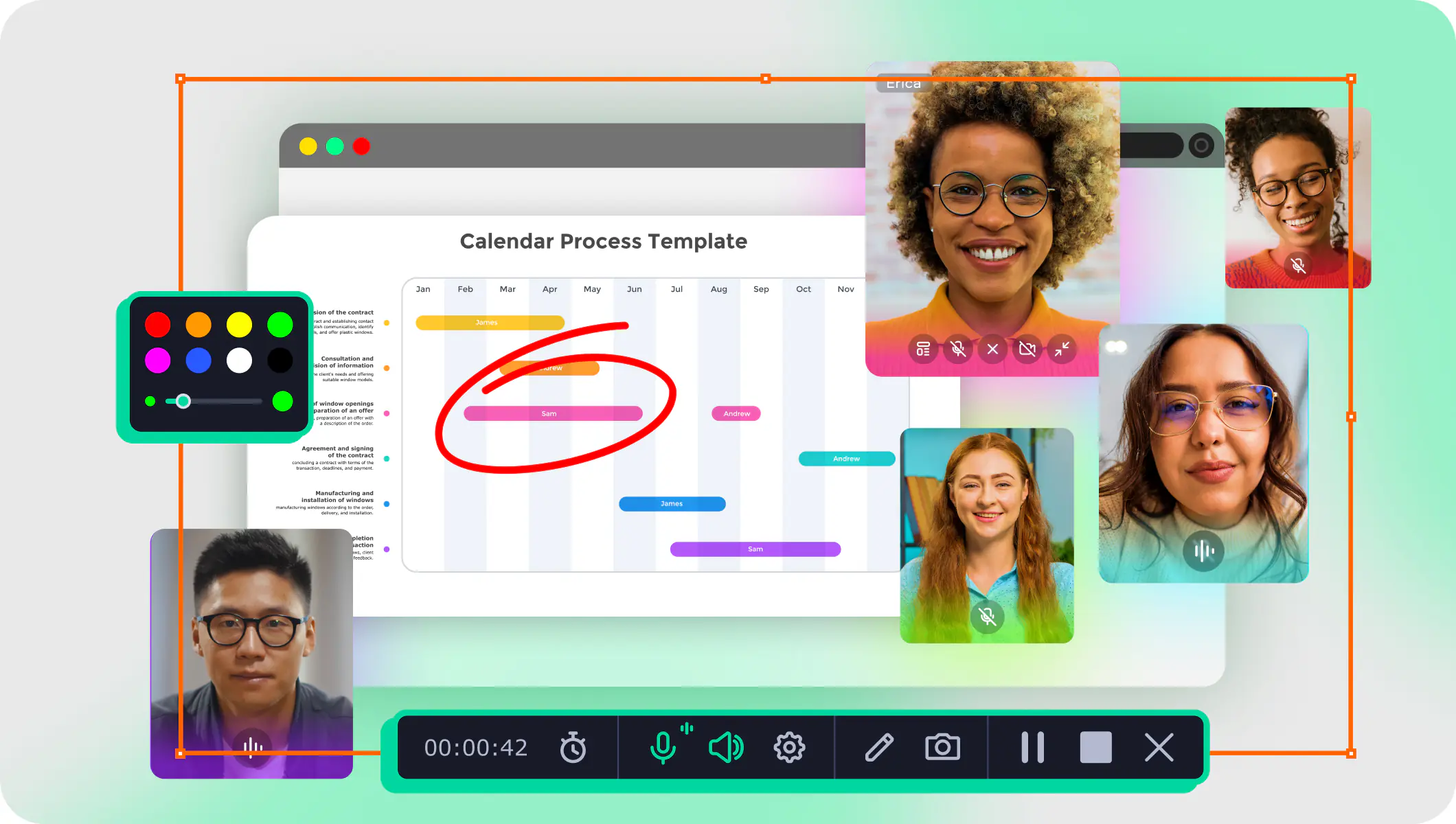Elgato HD60 X
Resolution:
1080p, 4K
Frame rate:
60fps (30fps, 4K)
Interface:
USB 3.0
Price:
$199.99
With two devices on this list, Elgato is the go-to manufacturer for video capture cards. Their Elgato HD60 X model is currently at the top of everyone’s list, and you can use it with any device on the market – Xbox X/S, PS5, PC, or Mac.
The device connects via USB-C and works well with many top third-party capture and streaming programs like OBS Studio, YouTube, Twitch, and more. So between the program and device compatibility, the HD60 X serves the needs of almost every user, unless they need a highly specific setup.
With this card, you can pass through at 60Hz in 4k with HDR10 video. With that much power, you won’t lag at all while playing. However, the 60Hz max does limit you if you’re working with a display device with a high-refresh-rate.
On the recording side, it can capture at 60 FPS on 1080p footage and 30 FPS on 4K footage. The device can also capture HDR10 footage.

